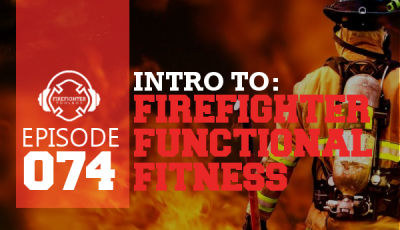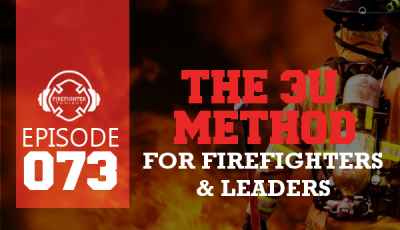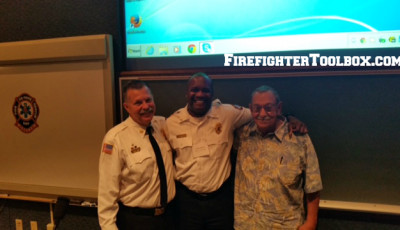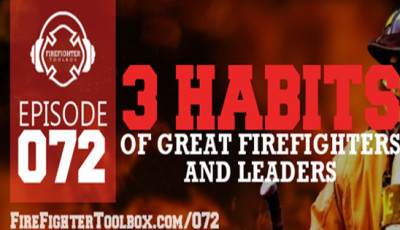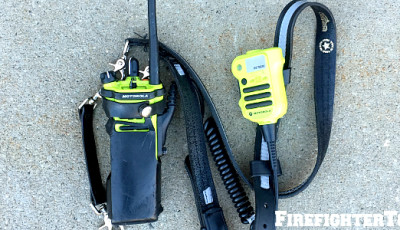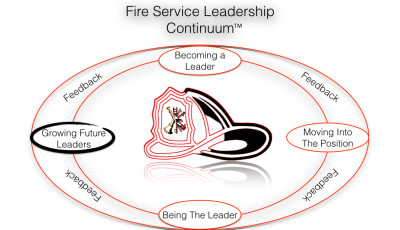Firefighter Communications: What Did He Just Say?
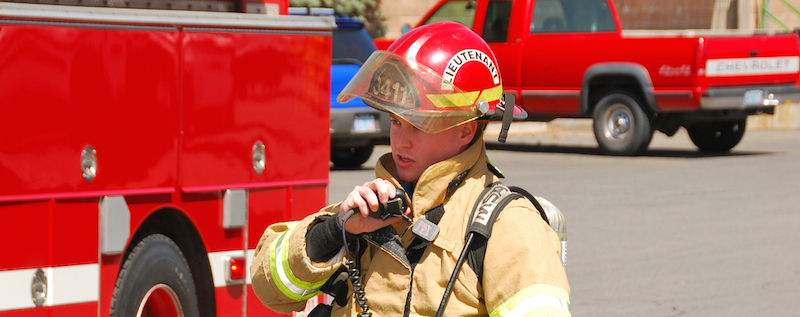
In a previous article, we discussed communication’s training (or lack thereof) and how it translates from day one instructions to a probie, all the way up to a battalion chief sounding like a goof on the radio. We’ve all heard the radio reports that make you cringe, some of us may have actually given a few.
So How Do We Fix This Firefighter Communications Epidemic?
It’s not like an aggressive young fireman is going to want to sit in a classroom and endure a slow painful death by PowerPoint, or even read a communications manual. Today’s firefighters are much more satisfied with methods of instant gratification.
There are many opinions out there on what we should be saying, doing, not doing etc. clearly I’m no different, I’m writing an article on it; but from a communications perspective, there are a few key points that need to be addressed.
The 4 Key Points For Firefighters To Communicate on the Radio
#1 Calm down.
#2 Know where you are.
If you are a new company officer and didn’t do much talking on the radio other than you riding an ambulance and going on scene, transporting to and arriving at the hospital, radio operations are a little more complicated than that. Listen to your department radio. You will learn very quickly what to say and what not to say.
How does your department generally talk on the radio? Do they have their own jargon that no place else uses? Do they pronounce streets differently than how they are spelled? Do they blurt out information without first being acknowledged by the dispatcher? These topics, just to name a few, can affect your radio procedures.
Using a template and changing only the pertinent information will allow you to become proficient at delivering messages via radio.Giving your size ups and reports in the same fashion each and every time will allow for clarity, simplicity and confidence. Subsequently, it will get you what you are looking for instead of the dispatcher asking themselves “what did he just say?”

